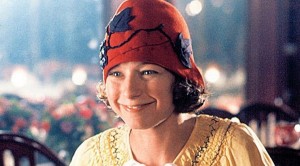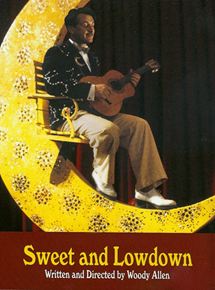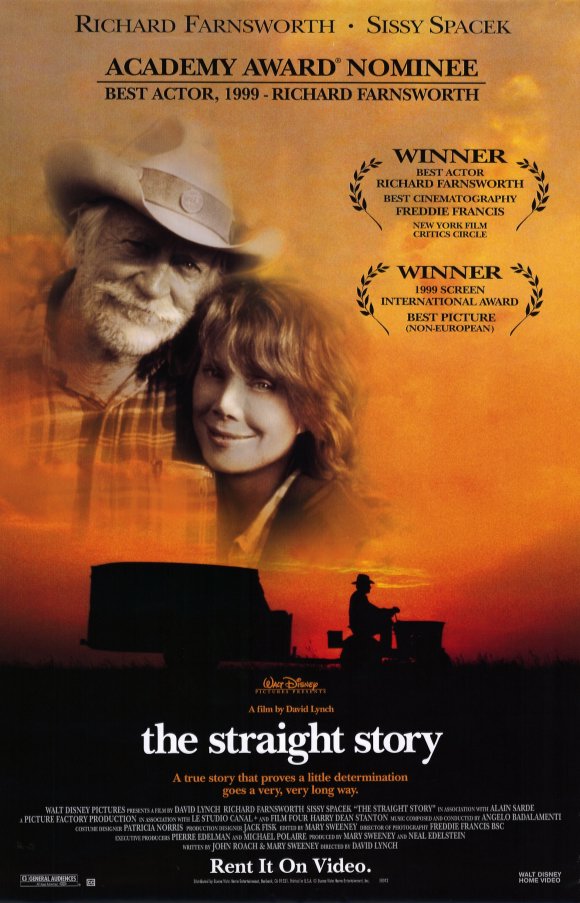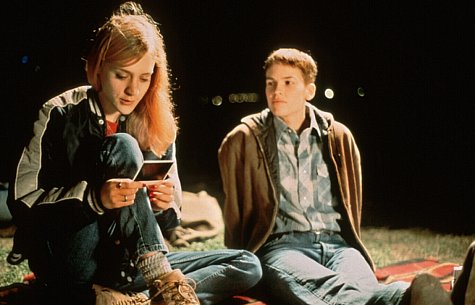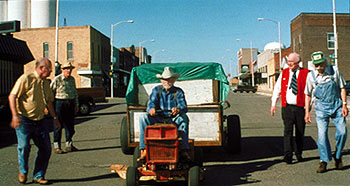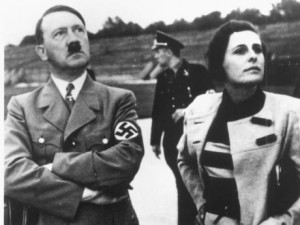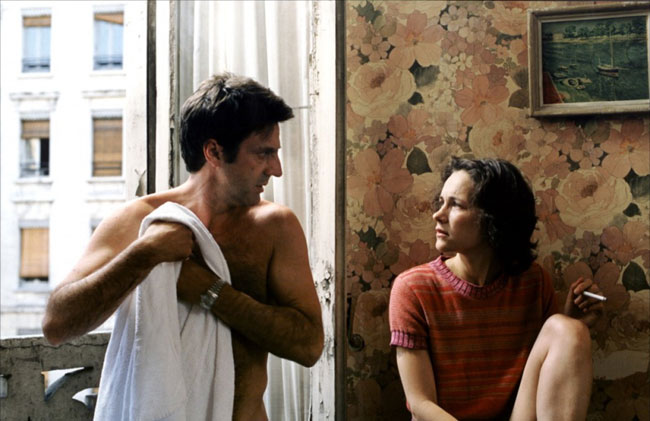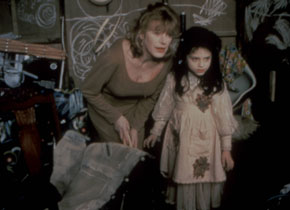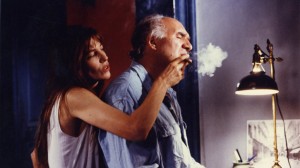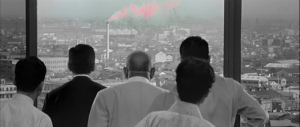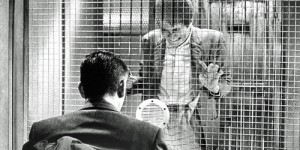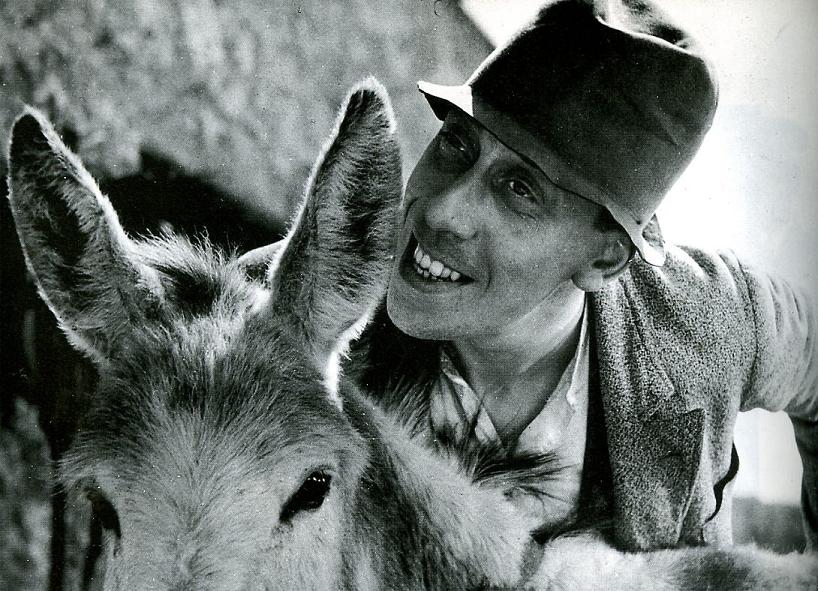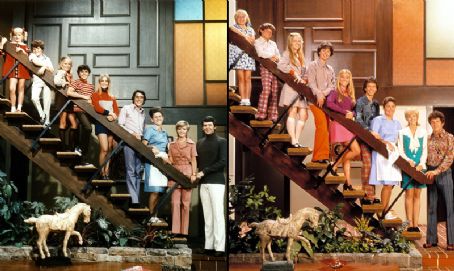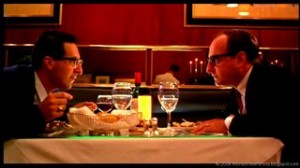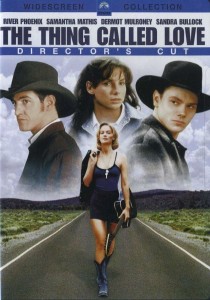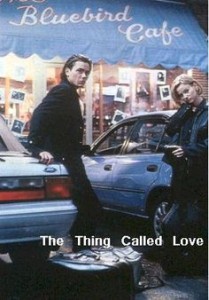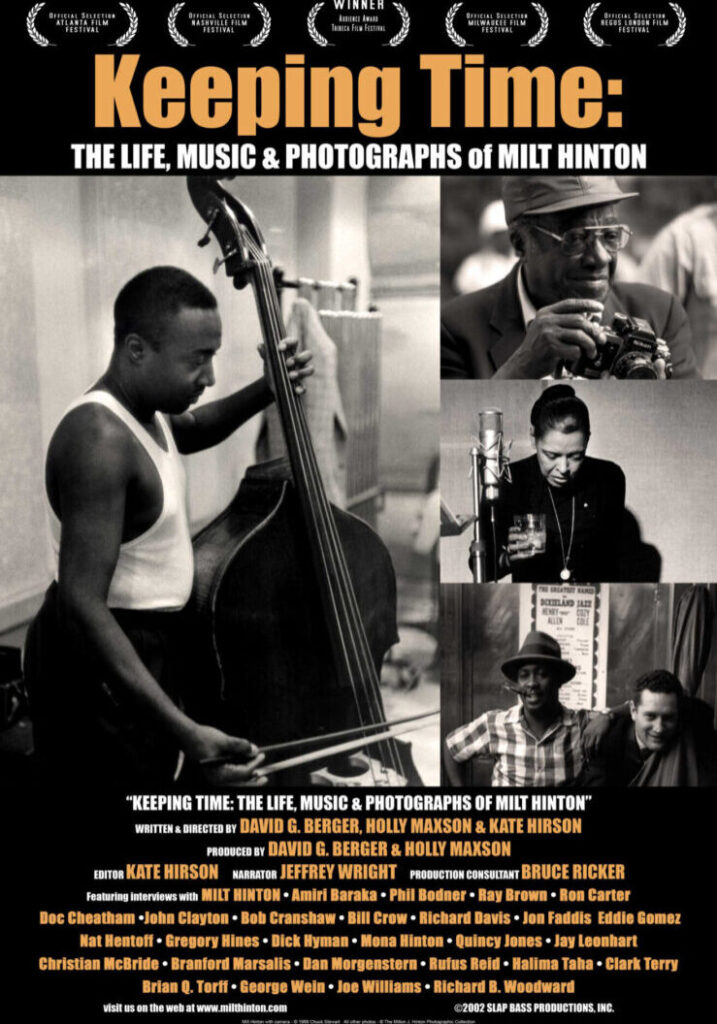From the Chicago Reader (December 24, 1999). — J.R.
Apparently Woody Allen can no longer even conceive of making a movie that isn’t derived from Bergman or Fellini; this one echoes the latter’s La strada in everything from Samantha Morton’s pantomime performance as a smiling mute to the melancholic ending. (To a smaller degree Allen also imitates his own Zelig imitating Warren Beatty’s Reds, by enlisting various jazz experts, himself included, to comment on his fictional hero.) But this absorbing picture is still about as good as Allen gets, a persuasive, nuanced, and relatively graceful portrait of an egotistical yet talented jazz guitarist of the swing era, astutely played by Sean Penn, with some pretty good solos dubbed by Howard Alden and lots of unobtrusive period flavor. The jazz milieu, combined with the fact that the Penn character is obsessed with Django Reinhardt just as Allen is obsessed with Bergman and Fellini, makes this one of his more personal projects as well. With Uma Thurman, Anthony LaPaglia, Brian Markinson, Gretchen Mol, James Urbaniak, and a bit by John Waters. Pipers Alley, Wilmette. — Jonathan Rosenbaum
Read more
